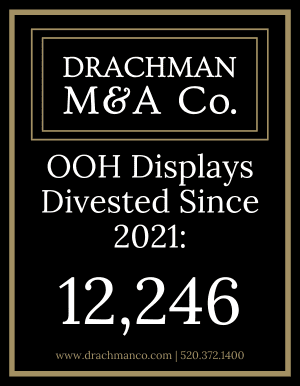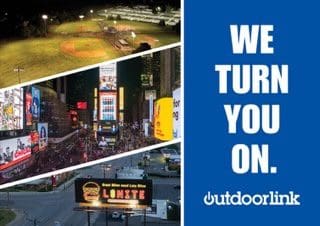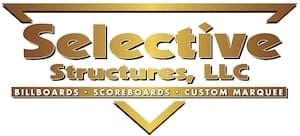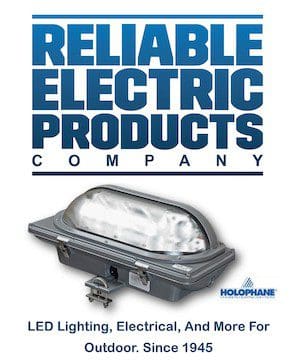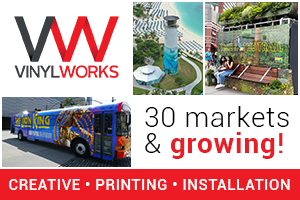 Two questions from Billboard Insider readers on our article suggesting that out of home projects should have a 15-25% hurdle rate.
Two questions from Billboard Insider readers on our article suggesting that out of home projects should have a 15-25% hurdle rate.
When you say an acceptable “hurdle rate” for OOH projects is 15% to 25%, does this mean that you should be able to have the project paid for in 6.5 years (15%), to 4 years (25%)?
Yes. Many out of home execs calculate the payback period for a project, that is, the number of years it takes for the additional cashflow from an investment project to pay back the initial investment.
Payback Period = Out of Home Project Cost / Annual cashflow (EBIDTA) from Out of Home Project.
The hurdle rate is simply the inverse of the Payback period as you can see from the formula below:
Hurdle Rate = Annual cashflow (EBIDTA) from an out of home project / Out of Home Project Cost
So if you have a 20% hurdle rate for your company’s new capital projects you have a 1/.20 or 5 year payback period for new capital projects.
What if I’m buying land in order to construct a billboard?
You should run a projection for cashflow, input all project costs (including the land) as a negative sum at the beginning of the forecast and add the estimated value of the land to the cash generated in the last year of the forecast. Then calculate an IRR for the project using the IRR function on your computer. You will get a higher return if you buy land, subdivide it or create an easement for the billboard and then sell the excess land. The land investment is usually much bigger than the billboard.
To receive a free morning newsletter with each day’s Billboard insider articles email info@billboardinsider.com with the word “Subscribe” in the title. Our newsletter is free and we don’t sell our subscriber list.
Paid Advertisement
